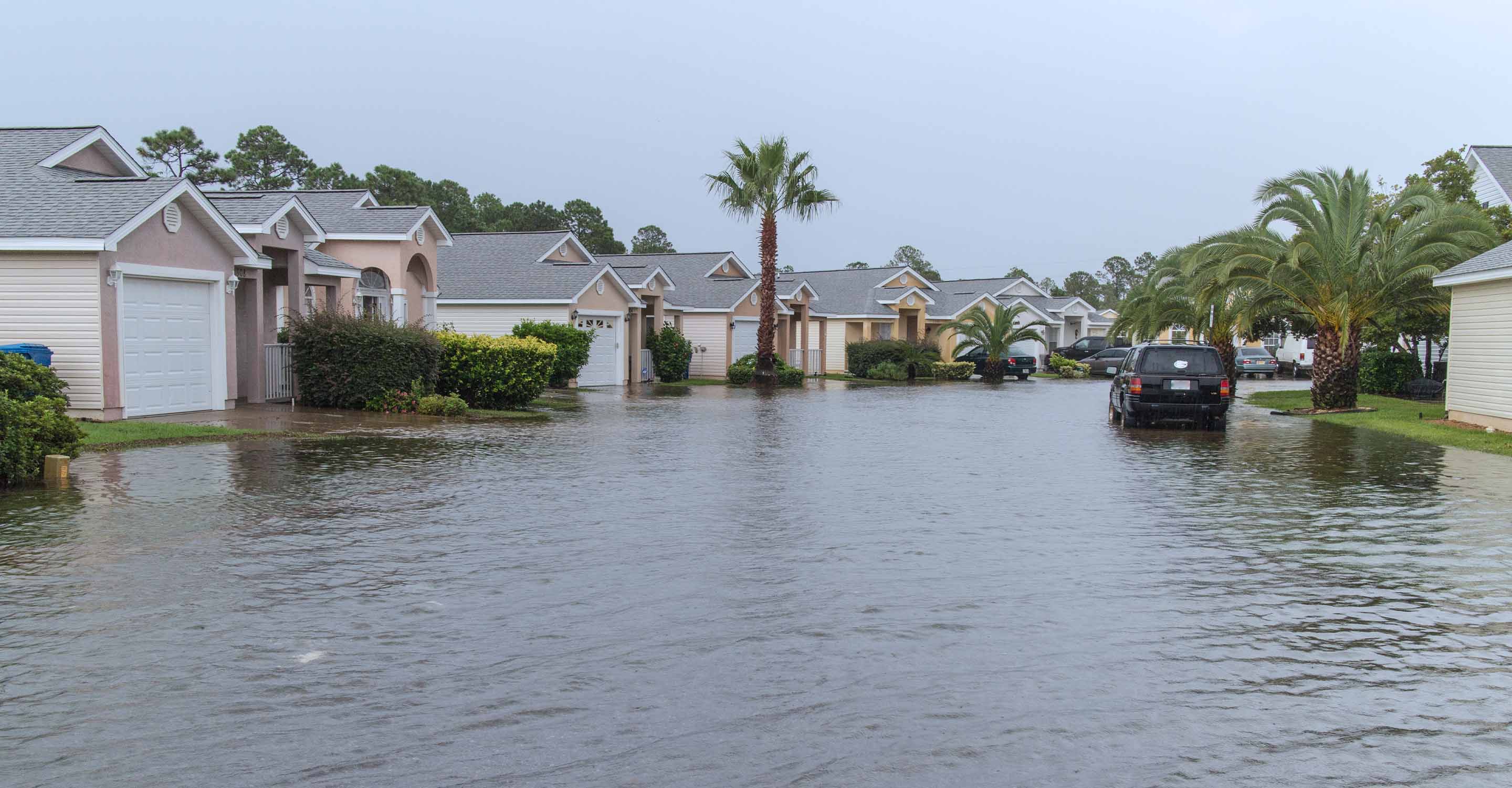Niagara Falls air quality map
Live air pollution map of Niagara Falls
2K people follow this city
Full screen
Contributors
1
Stations
1
Contributors category
0
Government
0
Non-profit organization
0
Educational
0
Corporate
0
Individual
1
Anonymous
Most polluted air quality stations
| # | station | US AQI |
|---|---|---|
| 1 | Mulhern Alpine Drive | 11 |
community highlight
Niagara Falls most followed contributors
Health Recommendations
| Enjoy outdoor activities | |
| Open your windows to bring clean, fresh air indoors GET A MONITOR |
Become a contributor
Get an AirVisual Outdoor and contribute to collecting millions of data points for the Niagara Falls map to track local air pollution
Understand air pollution and protect yourself
Niagara Falls MAP AIR QUALITY ANALYSIS AND STATISTICS
Are there a lot of fascinating facts about air quality on the air pollution map for Niagara Falls?
The air pollution map for Niagara Falls is very easy to access from the main city page. Merely selecting the map icon will open up a new page concerned with all things to do with air quality in and around the city.
The first thing a viewer will notice will be the background colour of the map which is a direct reflection of the current air quality. Colours range from pale green to dark maroon with air quality becoming worse as the colours darken. The same colours are used throughout the whole IQAir website.
Another thing to notice will be the number of coloured discs there are dotted across the region. These circles show the location of the ground-level air monitoring stations which provide the data about air quality. Each one can be individually selected to find out more information about that specific location.
Each disc displays a number at its centre which is the United States Air Quality Index reading or US AQI for short. This is calculated by taking measurements of six of the most commonly found air pollutants in city air. They are usually both sizes of Particulate Matter (PM2.5 and PM10), ozone, nitrogen dioxide, sulphur dioxide and carbon monoxide. Once the reading has been established it is used as a standard in comparisons between different cities across the world. It is highly encouraged by the World Health Organisation (WHO).
Looking back to the main city page, it can be seen in the coloured banner at the top of the page that in December 2022, Niagara Falls city was experiencing a period of “Moderate” air quality with a US AQI reading of 100. The main pollutant was PM2.5 with a recorded level of 35.3 µg/m³. at this level, it is over seven times the target figure of 5 µg/m³ as recommended by the WHO.
Immediately below the air pollution map for Niagara Falls can be seen the number of contributors there are and the number of stations they each operate. Currently, there is just one station which is operated by an anonymous contributor.
Is there any more interesting information about air quality on the air pollution map for Niagara Falls?
There are more interesting facts and figures about air quality on the air pollution map for Niagara Falls but the screen needs to be viewed at maximum size to see all there is to see. There is an icon at the top of the page which, when selected, will open the screen at maximum size.
When viewed in full-screen mode, a list of four options should be seen down the left-hand side of the screen. All selections can be individually deactivated to get a better idea of the effects on the map, each one has.
The first option shows the location of all the ground-level air monitoring stations there are in the city and its environs. Each of these can be selected to find more information about that specific area.
The next option shows the position of any wildfires that might be burning out of control in the area. In December 2022, there were no such icons on the screen, however, if there were, then option four needs to be consulted because it shows the direction and speed of the prevailing winds and might show where the smoke may blow.
The third option indicates the overall air quality by showing the level of pollution as a colour which is used on the background of the map. This strong use of colour might be distracting for some viewers, but it can always be deactivated and the map will revert to a more subdued colour scheme.
There is some more information on the right-hand side of the screen in the form of a table. This table shows the ranking of world cities according to their levels of air pollution. By default, only seven are shown but the rest of the participating cities can be seen once the full ranking choice had been selected.
Are areas of higher air pollution identified on the air pollution map for Niagara Falls?
Areas of higher pollution can be identified by looking for the darkest coloured disc which also shows the highest number. Alternatively, by scrolling down the page to underneath the map will be seen a list which ranks the stations according to their cleanliness. The least clean is currently the station at Mulhern Alpine Drive with a US AQI reading of 71 which is “Moderate” quality.
The next table shows the most popular stations and the number of followers they each have. Mulhern Alpine Drive currently is the most popular with 19 followers.
Can the source of the polluted air be seen on the air pollution map for Niagara Falls?
It is not possible to see the source of air pollution on the air quality map for Niagara Falls, however, it is known that the large amount of manufacturing industries is a major source of air pollution. They originally grew up in this area due to the availability of cheap power provided by hydroelectric installations.
PM2.5 is always referred to on the air pollution map for Niagara Falls, but what is it?
There are two main types of fine particles one of them whose diameter is less than 2.5 microns, that is to say less than 2.5 micrometres. They are the most toxic because they can penetrate deep into the lungs. They are called PM2.5. Those with a diameter of less than 10 micrometres are much less than a hair (from 50 to 150 micrometres); they are retained by the upper airways. They are called PM10.
Heating installations and road transport in the form of pollutants emitted by diesel vehicles during incomplete combustion of diesel fuel are the main emitters of fine particles.
Diesel engines emit 87 per cent of particulate matter (PM10) from road traffic and uncatalyzed gasoline engines 12 per cent. Some fine particles can also come from chemical transformations that take place in the atmosphere. Among the various pollutants that can be found in the atmosphere, i.e., in the air we breathe, fine particles constitute one of the main health risk factors linked to air pollution.
Niagara Falls air quality data attribution
1Contributor
 1 Anonymous contributor
1 Anonymous contributor1 station
Anonymous Contributor
1 Data source








